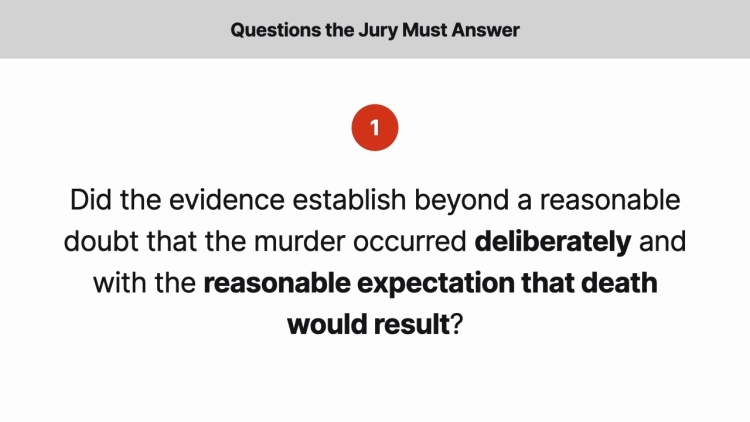Jurek v. Texas
United States Supreme Court
428 U.S. 262, 96 S. Ct. 2950, 49 L. Ed. 2d 929 (1976)
- Written by Robert Cane, JD
Facts
Jerry Jurek (defendant) was found guilty of murder of 10-year-old Wendy Adams. The Texas penal code limits capital murder to five categories of homicide such as murder of a peace officer or murder during a serious crime like kidnapping or rape. The evidence at trial included several eyewitnesses who had testified against Jurek. Two of Jurek’s friends were driving around with Jurek in Jurek’s pickup truck the day of the murder. When Jurek expressed a desire to have sexual relations with some young girls, one of the friends said the girls were too young. Jurek dropped off the two friends. Jurek was observed talking to Adams at a public swimming pool. Witnesses testified that they had seen Jurek driving through town with a young blonde girl in his pickup truck. One witness testified that the girl was screaming for help. That witness attempted, but failed, to follow the pickup truck. According to Jurek’s own statement, he took Adams to the river, choked her, and threw her into the river. After the jury returned a guilty verdict, the trial court conducted a separate sentencing proceeding with the trial jury. In the proceeding, the state (plaintiff) called several witnesses who testified to Jurek’s bad reputation. Jurek’s father testified positively as to Jurek’s character. Per a state statute, the jury answered two questions about Jurek’s case to determine whether the death penalty should be imposed. First, was the murder committed deliberately and with the reasonable expectation of death of another beyond a reasonable doubt? Second, was there a probability that Jurek would commit criminal acts of violence that constituted a threat to society beyond a reasonable doubt? The jury answered affirmatively to both questions. The answers were unanimous. The judge then sentenced Jurek to death. Jurek appealed to the Texas appellate court, which affirmed the judgment. The United States Supreme Court granted certiorari.
Rule of Law
Issue
Holding and Reasoning (Stevens, J.)
What to do next…
Here's why 899,000 law students have relied on our case briefs:
- Written by law professors and practitioners, not other law students. 47,000 briefs, keyed to 994 casebooks. Top-notch customer support.
- The right amount of information, includes the facts, issues, rule of law, holding and reasoning, and any concurrences and dissents.
- Access in your classes, works on your mobile and tablet. Massive library of related video lessons and high quality multiple-choice questions.
- Easy to use, uniform format for every case brief. Written in plain English, not in legalese. Our briefs summarize and simplify; they don’t just repeat the court’s language.





